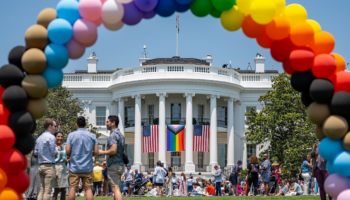Androgynous is an adjective which describes a blend of masculine and feminine characteristics. The term is a combination of the Latin terms andro, meaning man, and gyne, meaning woman.
The word androgynous may be used to describe someone’s gender or sexual identity, sexual lifestyle, or appearance. It may also describe fashion trends, cultures, or relationships.
A person who does not fit traditional masculine or feminine gender roles is known as an androgyne. Androgynes often prefer the less clinical terms ambigender or polygender. Androgynes may be male, female, transgender, straight, gay, or bisexual.
More About Androgynous
Androgyny challenges the typical notion that there are only two gender role orientations. According to American psychologist Sandra Bem’s 'Bem Sex-Role Inventory,' androgynous is one of the four gender role orientations, along with masculine, feminine, and undifferentiated.
People who are psychologically androgynous may identify with both genders (sometimes known as multigender) or they may identify as genderless or gender-neutral. Those who act in both masculine and feminine fashions or display both masculine and feminine physical features may identify as physically androgynous, intersex, or behaviorally androgynous. There will likely be overlap between all these types of androgyny.
Androgynous cultures or relationships lack strict gender roles. Members of these cultures or relationships happily complete tasks or exhibit behaviors commonly associated with the other sex. Androgynous figures like David Bowie, Marilyn Manson, and Annie Lennox have played with fashion norms without crossing the line into drag.
It can be difficult for the rest of society who are used to a binary gender system to understand androgynous individuals. This societal pressure can make it difficult for androgynes to feel accepted.
The term genderqueer has been used to refer to androgyny, but the words are not interchangeable. Genderqueer carries socio-political connotations which androgyny doesn’t have. Some androgynes may feel that the term genderqueer does not accurately describe them, or may even find the term offensive.



